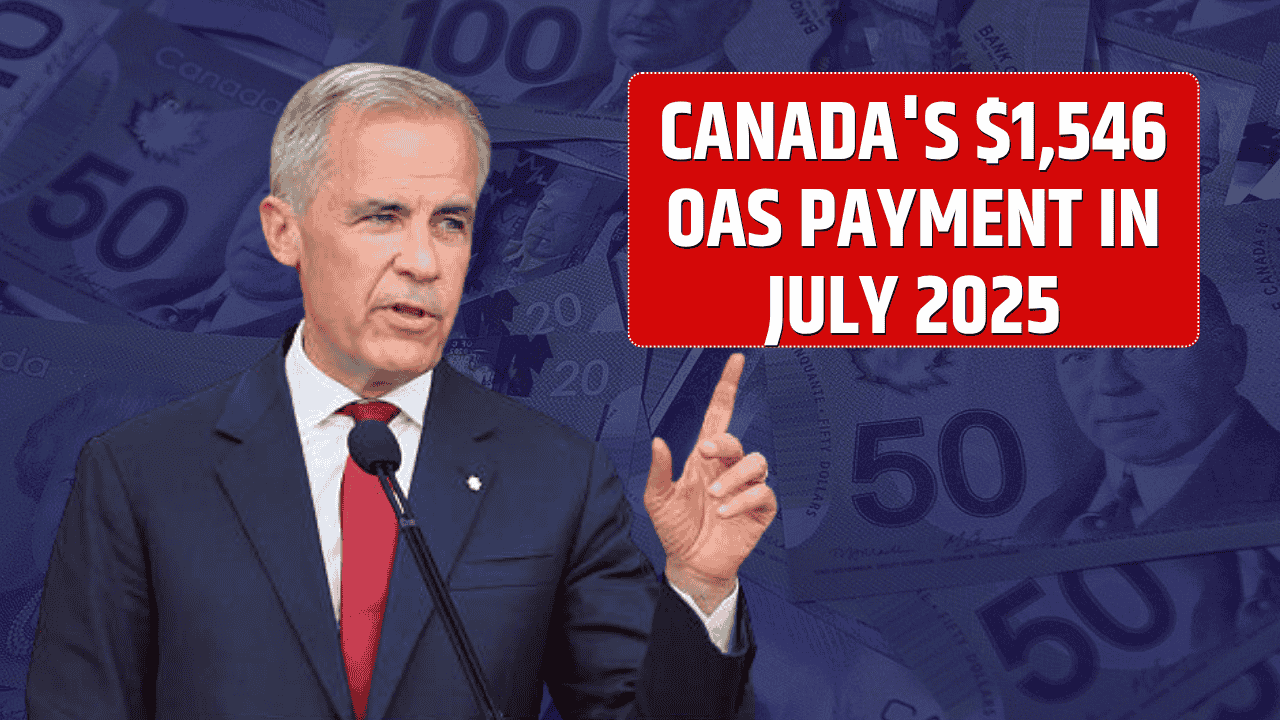A growing body of research reveals that childcare support programs play a pivotal role in lifting low-income families out of poverty by improving employment outcomes, educational attainment, and long-term child development. A newly released national study sheds light on just how impactful access to affordable childcare can be for struggling households—especially single-parent and working-class families.
The findings provide critical insight as policymakers debate future investments in early childhood education and economic support for working parents.
Table of Contents
What the Research Reveals
The study, conducted by a coalition of academic institutions and public policy centers, analyzed five years of data from both federally funded and state-run childcare assistance programs, including:
- Head Start
- Child Care and Development Block Grant (CCDBG)
- State-funded preschool initiatives
Key takeaways from the research include:
| Outcome | Impact on Low-Income Families |
|---|---|
| Parental employment | Increased by 12% when childcare assistance was available |
| Household income | Rose by an average of $4,200 annually |
| Child cognitive development | Improved test scores in early literacy and numeracy |
| Parental education | Enrollment in training/college programs rose 9% |
| Childcare stability | Reduced missed work days and turnover |
“Access to subsidized childcare is not just a service — it’s a catalyst for economic mobility,” said Dr. Lila Martinez, lead researcher.
Why Childcare Access Matters for Working Families
For many low-income households, especially single mothers or underemployed parents, childcare is the largest monthly expense after housing. Without assistance, parents are often forced to:
- Reduce work hours
- Turn down promotions or night shifts
- Delay educational opportunities
- Leave the workforce altogether
When affordable, high-quality childcare is available, families can stabilize financially, plan long-term, and provide better early learning experiences for their children.
Policy Implications
The research arrives as Congress and state legislatures debate childcare tax credits, universal pre-K programs, and funding extensions for federal childcare subsidies.
Several proposed policies could expand access:
- Permanent expansion of the Child Tax Credit
- Increased federal match for state childcare spending
- Universal childcare initiatives in cities like New York and San Francisco
“The evidence is clear: investing in childcare is not just family policy—it’s economic policy,” said a senior policy analyst at the Urban Institute.
Real-World Impact: A Case Study
Maria Lopez, a single mother of two in Ohio, shared her experience:
“Before I got childcare assistance, I had to work night shifts and rely on my sister. Now, I work full-time during the day, and my kids are learning so much in preschool. It’s changed our lives.”
Her story echoes thousands of families across the U.S. for whom access to structured, affordable childcare serves as a lifeline—not just for today, but for generational progress.
FAQs
What programs are included in the research?
Programs like Head Start, CCDBG, and state-supported pre-K were analyzed for their economic and developmental outcomes.
Is childcare assistance available in every state?
Yes, but eligibility and access vary widely by state. Waitlists are common in underfunded areas.
How do families apply for assistance?
Most states allow online applications through their Department of Human Services or Childcare Services Division.

























